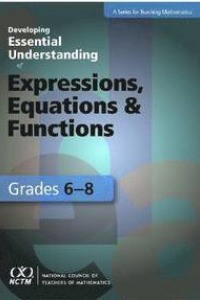
Liknande böcker
Results and Interpretation of the 2003 Math Assessment of the NAEP
Bok av Peter Kloosterman
With the enactment of No Child Left Behind, and its sanctions for schools that fail to make adequate yearly progress, NAEP (National Assessment of Educational Progress) results are no longer afterthoughts. Instead, the results generate headlines and are at the forefront of discussion of what is working in schools and what needs to be changed. As the scrutiny of NAEP results has increased, the National Center for Education Statistics has provided more detailed reporting of the results and has increased the level of security of the assessment items. Both the level of detail and the concern for item security have played prominent roles in the development of this book. The foregoing changes make understanding NAEP and its consequences crucial for any educator. This book provides a background on NAEP, looks at 2003 mathematics achievement in different content areas, discusses data on who is teaching mathematics in the United States and examines students' perception of mathematics. Additionally, the book deals with results from NAEP broken down by race/ethnicity and by gender, analyses certain NAEP results with a focus on what is actually measured by those results and examines changes in NAEP over the years and what those changes mean for NAEP as a tool for understanding student learning.







